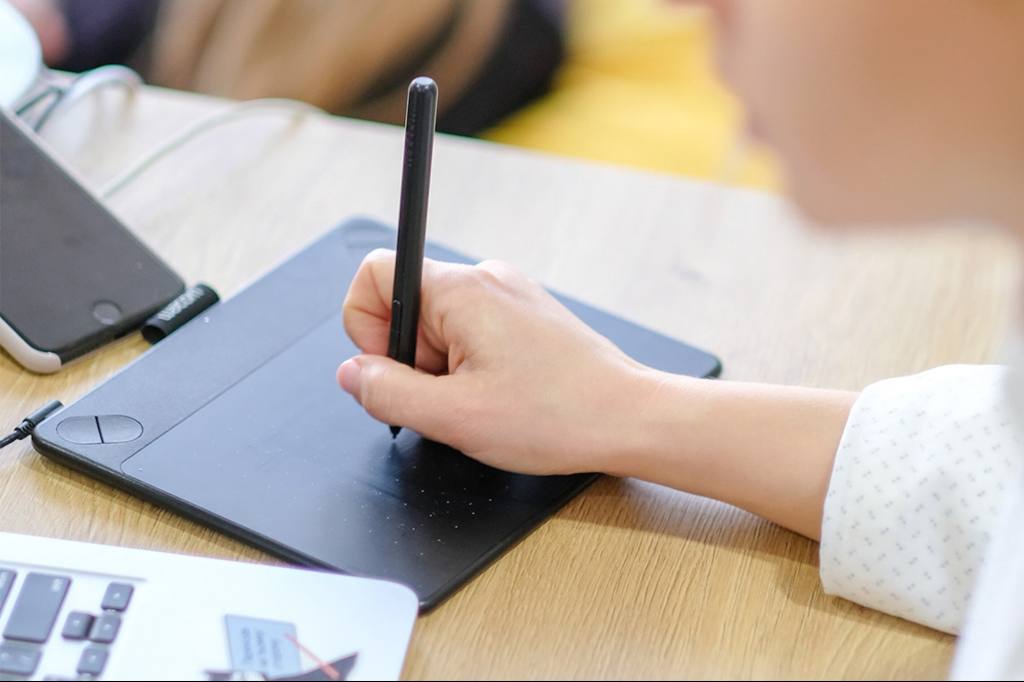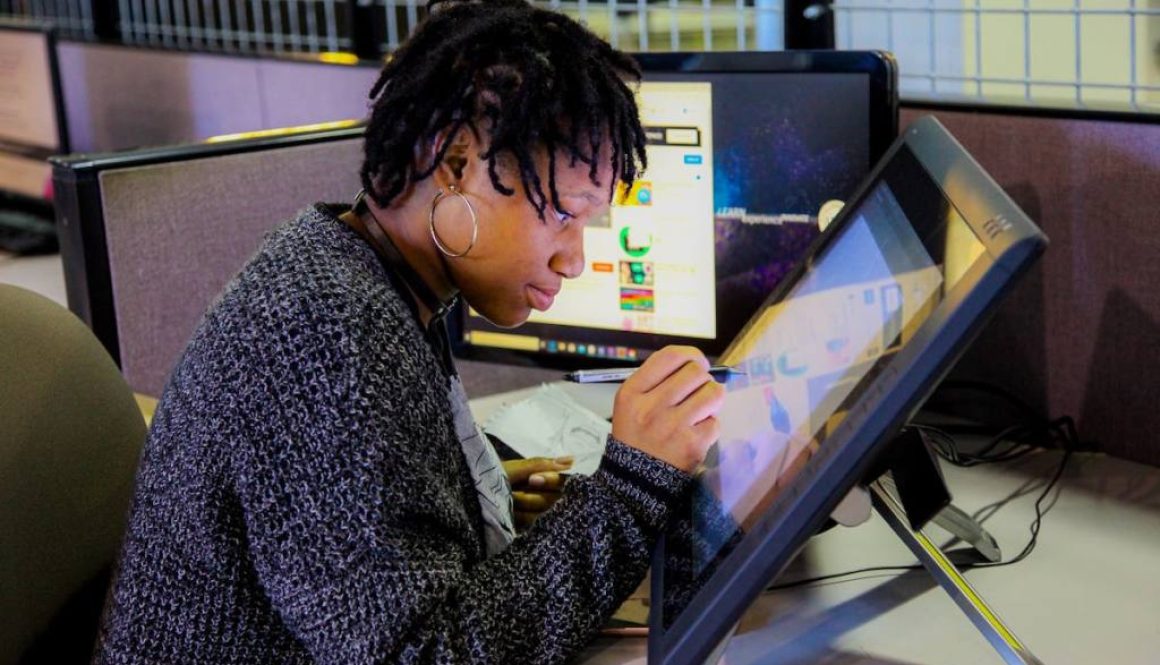Pros and Cons of Being a Digital Artist
The rise of technology has transformed the way artists create and share their work. Digital art, once a niche field, is now a mainstream medium, embraced by creators and consumers alike. From designing intricate illustrations to developing breathtaking concept art for films and games, digital artists have access to powerful tools that make their creative visions come to life. However, like any profession, being a digital artist comes with its own unique set of advantages and challenges. Let’s explore some of the key pros and cons of pursuing a career as a digital artist.
Flexibility and Convenience
One of the biggest advantages of being a digital artist is the flexibility that comes with the medium. Digital tools allow for incredible convenience, providing artists with endless opportunities to experiment and adjust their work. Unlike traditional art forms, where mistakes can be difficult to correct, digital art offers features like layers, undo options, and editing tools that make it easy to revise and refine creations without the fear of permanent errors.
Digital artists can work from anywhere, as long as they have access to a computer or tablet. Whether working in a studio, at home, or while traveling, the freedom that comes with digital tools offers great flexibility in how artists manage their time and space. Additionally, sharing work with clients, collaborators, or an audience is as simple as a few clicks, allowing for seamless communication and quick turnarounds on projects. Websites dedicated to freelance digital artists have made this flexibility even more accessible, helping connect creators with clients worldwide.
Accessibility and Cost Savings
Another significant benefit of digital art is its accessibility. Compared to traditional art materials like paints, canvases, and brushes, digital tools offer an affordable way for aspiring artists to get started. Many digital art programs come with a wide range of brushes, textures, and effects, all of which can be customized to suit the artist’s needs. Instead of constantly replenishing physical supplies, digital artists can work with reusable and easily accessible resources.

Furthermore, the digital space opens doors to a variety of art styles and techniques that can be difficult to achieve using traditional mediums. From 3D modeling to digital painting and vector illustration, the possibilities are virtually endless, allowing artists to expand their creative horizons without significant financial barriers. However, it’s important to note that investing in a high-quality computer, tablet, and stylus may still be necessary, which can add initial costs to the process.
Challenges of Technology Dependence
While technology provides numerous advantages, it also introduces certain challenges that digital artists must contend with. One major downside is the reliance on hardware and software. Computers crash, files get corrupted, and tablets break, all of which can be detrimental to an artist’s workflow. Regular software updates can also bring about compatibility issues, sometimes disrupting projects right in the middle of their creation.
In addition, the fast-paced evolution of digital tools can be overwhelming. Artists may feel pressure to constantly learn new programs or upgrade their equipment to stay competitive. This constant need to adapt can detract from the creative process and leave some artists feeling burnt out. Navigating the technical aspects of digital art requires not only creative skill but also a degree of technical proficiency and patience.
Lack of Physical Tangibility
One of the most noticeable differences between digital art and traditional art is the absence of a physical end product. While digital art can be printed or displayed digitally, it lacks the tactile qualities of a painting or sculpture. For some artists, this lack of physical presence can be frustrating, as it can feel less authentic or less permanent compared to traditional works.
This intangibility can also present challenges when it comes to valuing digital art. Unlike traditional pieces that exist as singular objects, digital art can be easily replicated, which may diminish its perceived value in certain markets. However, recent trends like the rise of NFTs (non-fungible tokens) are challenging this notion by creating digital scarcity, allowing artists to sell their digital works as unique, collectible items. Still, not all digital artists embrace these trends, and the debate over the value of digital versus traditional art continues.
Conclusion
Choosing to pursue a career as a digital artist comes with its own unique set of rewards and challenges. The flexibility, accessibility, and wide range of creative tools available make digital art an exciting and convenient medium for many creators. However, the reliance on technology, the need for continuous learning, and the lack of physical tangibility can present hurdles that artists must navigate. For those willing to embrace both the pros and cons, digital art offers a vibrant, dynamic career path that continues to evolve alongside the technology that powers it. With online communities and websites offering support, resources, and opportunities, digital artists have more tools than ever to succeed in this ever-growing field.

